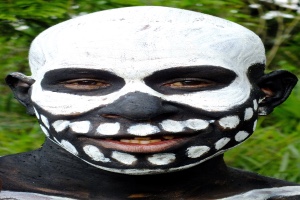
Conakry/Geneva: Authorities are frantically tracing contacts since the first known case of Marburg virus disease was reported in Guinea last Friday (August 6, 2021). About 150 contacts have been identified and are being followed up, including three family members and a health worker, who have been identified as high-risk close contacts.
It may be mentioned that the Ministry of Health of Guinea had informed World Health Organisation (WHO) of the case of Marburg in the country’s south-west, in a man who died 8 days after onset of symptoms.
“WHO and our partners are supporting Guinea’s Ministry of Health to investigate the source of the outbreak, trace contacts, and inform the local community about how to protect themselves,” WHO Director-General Dr. Tedros Adhanom Ghebreyesus told correspondents here last night (IST).
Also read: Guinea reports highly infectious Marburg virus of Ebola family
Marburg is a very different virus to the one that causes COVID-19, but many of the elements of the response are the same: isolating and caring for those infected, tracing and quarantining their contacts, and engaging local communities in the response.
Unlike COVID-19 for which now there are several vaccines available, there is no licensed vaccine for Marburg, although there are vaccines under development. “WHO is working with our partners to seek opportunities to assess them during this outbreak through the R&D Blueprint for Epidemics,” Dr. Ghebreyesus said.
Incidentally, even as there are now several effective vaccines for COVID-19, yet cases and deaths are rising. Last week, the 200 millionth case of COVID-19 was reported to WHO, just six months after the world passed 100 million reported cases, but as per WHO’s own estimates, the number of cases could be much higher.
“As I said recently, whether we reach 300 million, and how fast we get there, depends on all of us. At the current trajectory, we could pass 300 million reported cases early next year. But we can change that,” the WHO D-G said.
– global bihari bureau





